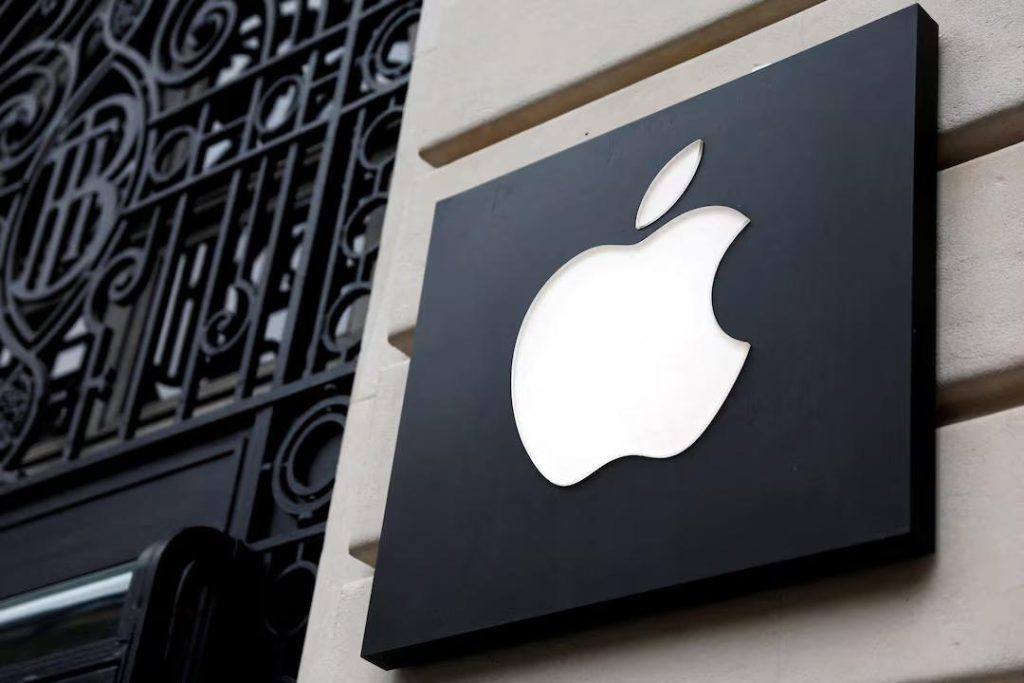
How does Apple decide codenames for macOS?
As we approach the annual Worldwide Developers Conference (WWDC) 2025, tech enthusiasts are eagerly waiting to learn more about Apple’s upcoming operating systems. A recent report has sparked interest, suggesting that this year’s macOS might be named “macOS 26 Tahoe” after California’s picturesque Tahoe Lake. This news has led many to wonder about Apple’s process for selecting codenames for its macOS operating systems.
For years, Apple has adopted a tradition of naming its macOS after iconic California landmarks. This practice has resulted in names like macOS Ventura, Monterey, Big Sur, and Catalina, each paying homage to the Golden State’s natural beauty. But what drives Apple’s decision-making process when it comes to choosing these codenames?
The History Behind Apple’s Codenames
Apple’s tradition of naming its macOS after California landmarks dates back to the early 2000s. The first macOS, launched in 2001, was named “macOS X 10.0 Cheetah.” This naming convention continued with “macOS X 10.1 Puma” in 2001, followed by “macOS X 10.2 Jaguar” in 2002.
In the mid-2000s, Apple shifted towards naming its operating systems after places in California. The first of these was “macOS 10.3 Panther,” which was released in 2003. This naming convention continued with “macOS 10.4 Tiger” in 2005, and “macOS 10.5 Leopard” in 2007.
The trend continued with “macOS 10.6 Snow Leopard” in 2009, and “macOS 10.7 Lion” in 2011. Apple’s naming convention took a creative turn in 2013 with the launch of “macOS 10.9 Mavericks,” which was the first to abandon the alphabetical sequence and adopt a place-based naming scheme.
What Factors Influence Apple’s Codename Selection?
While we can’t know for certain how Apple chooses its codenames, there are a few theories that have emerged over the years:
- California Connection: Apple’s tradition of naming its macOS after California landmarks suggests that the company is drawn to the state’s natural beauty and iconic locations. This could be a nod to the state’s reputation for innovation and progress.
- Unique and Memorable: Apple’s codenames are often chosen for their unique and memorable qualities. Names like “Tahoe” and “Ventura” are easy to remember and evoke a sense of excitement and adventure.
- Cultural Significance: Apple’s codenames may also be chosen for their cultural significance. For example, “Big Sur” is a famous stretch of California coastline known for its dramatic cliffs and scenic views. This name may have been chosen to reflect the operating system’s focus on performance and power.
- Brand Identity: Apple’s codenames may also be chosen to reinforce the company’s brand identity. The use of California landmarks, for example, may be seen as a way to emphasize the company’s West Coast roots and commitment to innovation.
What Can We Expect from macOS 26 Tahoe?
If the report suggesting “macOS 26 Tahoe” is accurate, it’s likely that the operating system will be designed with a focus on clarity and simplicity. Tahoe Lake is known for its crystal-clear waters, which could be reflected in the operating system’s UI design. Apple may also incorporate design elements that evoke the natural beauty of the lake, such as a more minimalist aesthetic or a focus on transparency.
Conclusion
Apple’s process for selecting codenames for its macOS operating systems is a mysterious one, but there are a few theories that have emerged over the years. From California landmarks to unique and memorable names, Apple’s codenames often reflect the company’s values and commitment to innovation. As we look ahead to WWDC 2025, it will be interesting to see what name Apple chooses for its next macOS operating system. Will it be “macOS 26 Tahoe,” or something entirely new? Only time will tell.
Source:






